So which is best: Sublimation or heat transfer vinyl? It's a question I get a lot and it's one that never quite has the same answer other than: it depends.
Whether you're a crafter who's long used HTV and now you're considering adding a sublimation printer or you have a sublimation printer and you're trying to decide which application - HTV or sublimation - is best based on the design, substrate, and equipment you have you'll find help here.
Read on to learn more about the differences between sublimation and heat transfer vinyl and what the determining factors are when you are trying to to decide which is best for your project.
It's important to first understand the fundamental differences between heat transfer vinyl and sublimation.
Heat transfer vinyl is a cutting and pressing application. The HTV material that comes in sheets or rolls is cut with a Silhouette CAMEO or another vinyl cutter and then the excess is removed or weeded away to leave the heat transfer on the carrier sheet.
Aside from the smooth solid colors there are various finishes including glitter HTV, flock, puff, metallic and patterned. After HTV is cut in reverse, each individual layer is then applied to the surface using an iron or heat press. The HTV sits on top of the garment and there is a hand (the HTV can be felt).
Sublimation is a printing and pressing application. To sublimate you print a design in reverse on sublimation paper, using sublimation ink on a sublimation printer. The sublimation transfer is then pressed at high temperature onto a sublimation-ready blank using a heat press. The heat and pressure turn the sublimation ink into a gas and the entire image is infused into the surface in a single press resulting in a transfer with no hand.
Tools and Equipment Required
To get started with Heat transfer vinyl you need some HTV which usually runs around $3.50 a square foot, a design cut file, a cutting machine like a Silhouette CAMEO, a few basic tools for weeding the HTV, a heat press or iron, and a substrate to apply the HTV to.
To get started with sublimation you need a sublimation printer with sublimation ink and sublimation blanks, a sublimation design, and a heat press.
Application Pros and Cons: HTV vs Sublimation
Heat Transfer Vinyl
Heat transfer vinyl is traditionally for soft goods like garments although it can be applied to hard goods like wood and acrylic as well. HTV can be applied to a wide variety of fabrics and garments including cotton, polyester, satin, felt, leather, canvas and spandex. There is no limitation on the color of the surface.
While HTV can be layered, multi color HTV designs can be time consuming to cut, weed, and press since they all need to be done individually. If too many layers are applied the over each other or if there is a large solid color the HTV can feel thick and rigid on the garment.
The general rule of thumb that I use if it's more than three layers of HTV, I find an alternative.
Sublimation
Sublimation can be applied to hard and soft goods including garments, mugs, tumblers, neoprene, and aluminum.
The biggest limitations with sublimation is it requires that hard goods have a poly coat and are sublimation ready and that textiles are light in color and contain at least 65% polyester. This means you can not sublimate directly on darks or 100% cotton. There are workaround including the use of EasySubli or white glitter HTV which require printing, cutting, and weeding.
Sublimation transfers are printed in full color and result in bright, vibrant permanent colors that can be laundered and are dishwasher and microwave safe.
Sublimation is a very fast process. It does not require any cutting and because you can print in full color it's simply print and press with no layering required.
In some cases, the garment or substrate itself will determine if HTV or sublimation is better. For example, if you are applying to a black shirt then HTV is the better pick between the two. Sublimation can't print white and the ink won't show up on a dark shirt so for that reason HTV is best. Likewise if you need to apply to a hat and you can use a "trucker hat" where the front is commonly a white polyester material, sublimation is ideal.
What Designs are Best for Sublimation vs HTV
When evaluating which technique to use you want to consider not only the substrate you are applying to, but also the design itself.
Because HTV must be cut, it's best for designs with no more than three colors, solid edges and no shading. It's a less expensive option so if you can get away with using HTV for single color designs and text, you can keep your costs low.
Sublimation, on the other hand, can be used with any design or image, but it shines on full color images, designs with rough, faded, feathered, or splattered edges and images with shading. These are images that would be tough, if not impossible to cut on a vinyl cutter and extremely time consuming and layer-heavy to layer.
As you can see, like the garment, in some cases, the image itself will determine the best technique.
Other Factors to Decide: Sublimation vs HTV
Volume: For high volume product, sublimation will save you a lot of time - especially with a wide format sublimation printer like an Epson F570. You can print multiple sublimation prints simultaneously and transfers can be immediately applied with no cutting or weeding.
Durability: Both sublimation and HTV are durable. Sublimation is permanent and because it's infused in the fabric or substrate there's no risk of peeling or lifting. HTV however, when applied and laundered with care can have long lasting durability as well.
Note: This post may contain affiliate links. By clicking on them and purchasing products through my links, I receive a small commission. That's what helps fund Silhouette School so I can keep buying new Silhouette-related products to show you how to get the most out of your machine!
Get Silhouette School lessons delivered to your email inbox! Select Once Daily or Weekly.



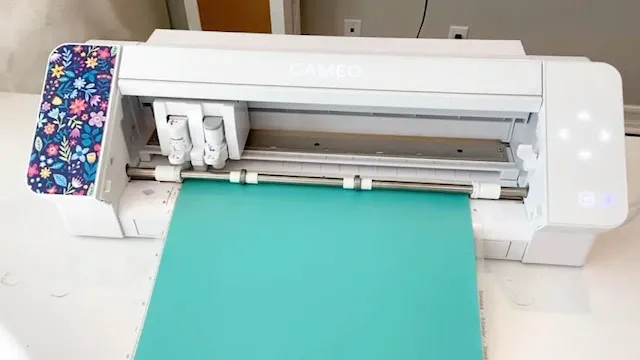

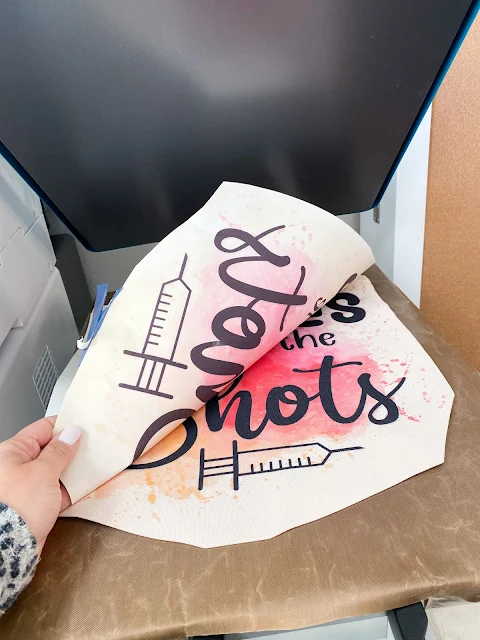
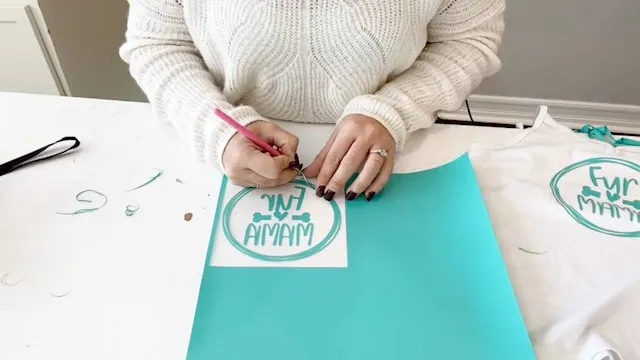

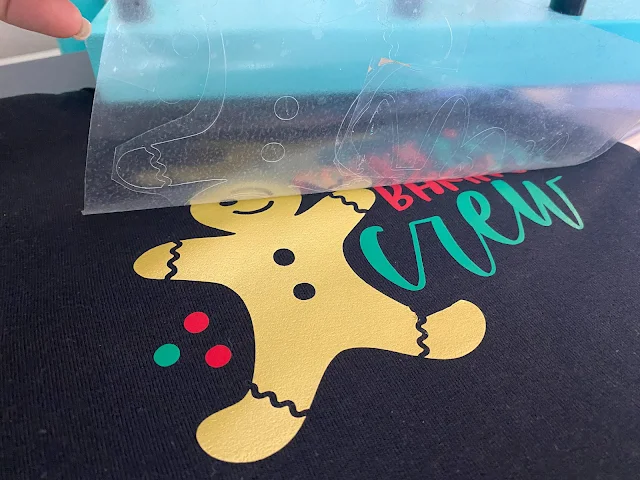
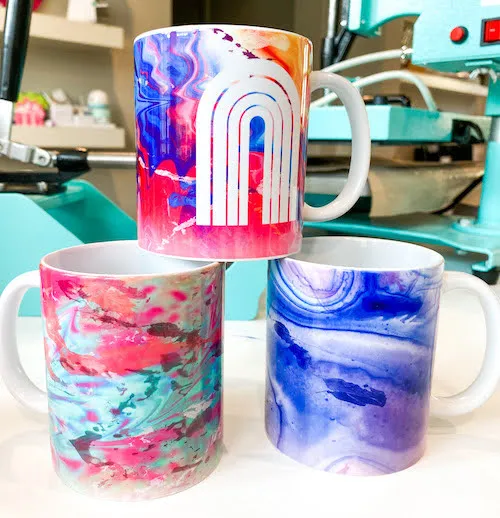
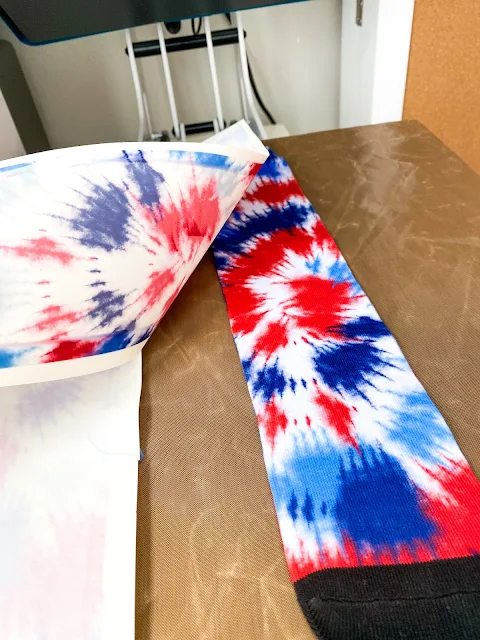




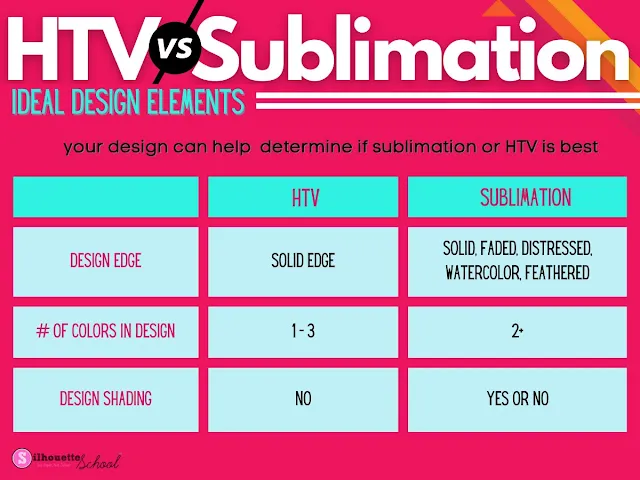





.png)




No comments
Thanks for leaving a comment! We get several hundred comments a day. While we appreciate every single one of them it's nearly impossible to respond back to all of them, all the time. So... if you could help me by treating these comments like a forum where readers help readers.
In addition, don't forget to look for specific answers by using the Search Box on the blog. If you're still not having any luck, feel free to email me with your question.